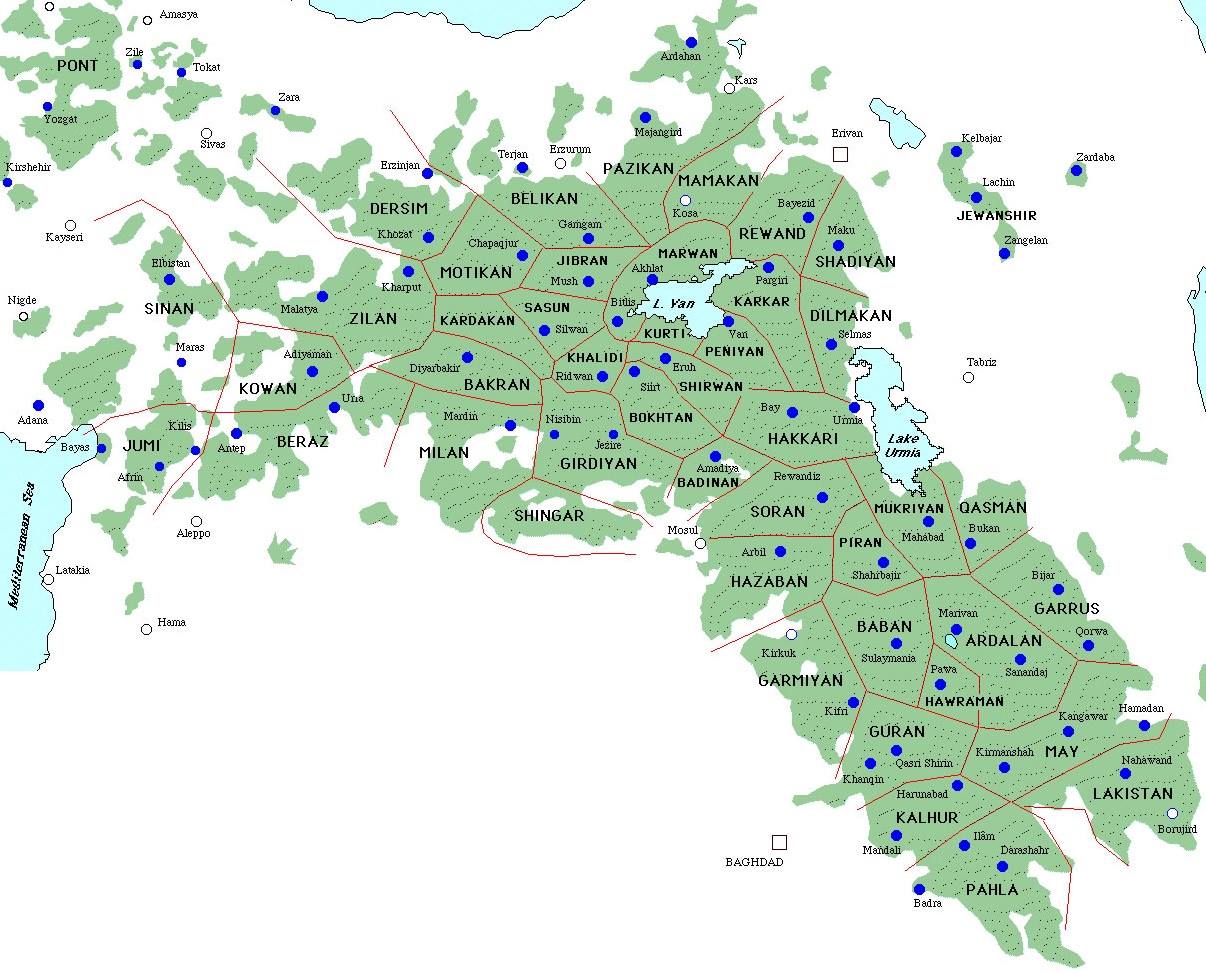Brenda Shaffer
In the late 1980s and early 1990s in Istanbul, which then had an Iranian expatriate population in the hundreds of thousands, one could meet Iranian Azerbaijanis, often referred to in Persian as Azeris, everywhere. As a case officer in the Central Intelligence Agency then serving in the American consulate, I spoke to hundreds seeking a reprieve from the Iran-Iraq War and the Islamic Republic’s stultifying theocracy. Many were trying to snag tourist visas to the United States or Western Europe and the promise of illegal immigration and a better life. Unlike their compatriots from the Iranian plateau, the Azeris felt comfortable in Turkey. It was not just the language.
Iran is a multiethnic country; Persians comprise less than half of Iran’s population. Overwhelming majorities of non-Persian groups inhabit most of Iran’s border provinces, in contrast to Iran’s Persian-dominated center. Moreover, over 40 percent of the population of Iran lacks fluency in the Persian language.
Ethnic cleavages and dissatisfaction pose growing challenges to the rule of the regime in Iran. When they overlap with poverty and lower levels of government services and infrastructure, these challenges become more severe. Iran’s ethnic minorities inhabit the state’s poorest provinces. The country’s growing environmental challenges, including widening water shortages, hit the ethnic minority provinces harder than the Persian center.
Full Article
Iran Is More Than Persia
- حق تعیین سرنوشت، ساختارهای حکمرانی و آینده ملتهای غیرفارس در ایران - 12/07/2025
- زوال قصهگویی - 12/01/2025
- تحلیل انتقادی سفر ناصر درخشان و حمیرا ریگی به ژنو - 12/01/2025
